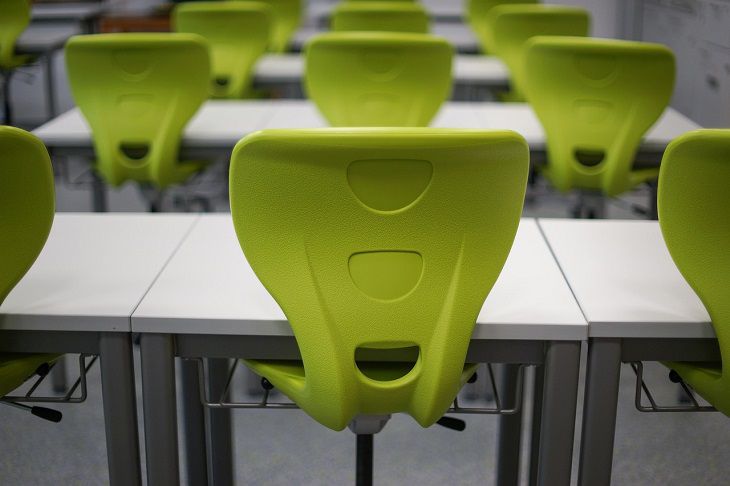When plastic becomes sticky: Housekeeping insights
One of the most unpleasant things that can happen to your plastic surfaces is them becoming sticky.
Sometimes it's enough just to clean them to fix that problem, but sometimes it can only make things worse.
Here are a few reasons why your plastic surfaces can become sticky.
Degradation Over Time
As plastic ages, it can break down, leading to a sticky feel. Exposure to sunlight, air, and frequent use contribute to this aging process.
The surface may lose some of its original properties, resulting in stickiness.

Heat-Induced Stickiness
Plastic can become sticky when exposed to high temperatures. This is common in items left in direct sunlight, near heaters, or in hot environments.
The heat can alter the plastic's composition, causing it to become tacky.
Chemical Interactions
Certain chemicals found in cleaning products, adhesives, or air fresheners may react with the plastic, leading to a sticky residue.
It's essential to be mindful of the substances that come into contact with plastic surfaces to prevent adverse reactions.
Humidity and Moisture Absorption
Plastic has the tendency to absorb moisture from the air, especially in humid conditions.
This absorption can contribute to a sticky sensation on the surface. Items stored in damp environments may be more prone to this issue.
Low-Quality or Additives
Lower-quality plastics or those with certain additives may be more susceptible to becoming sticky.
Additives used during the manufacturing process, intended for various purposes, can sometimes lead to undesired changes in the plastic's texture over time.
